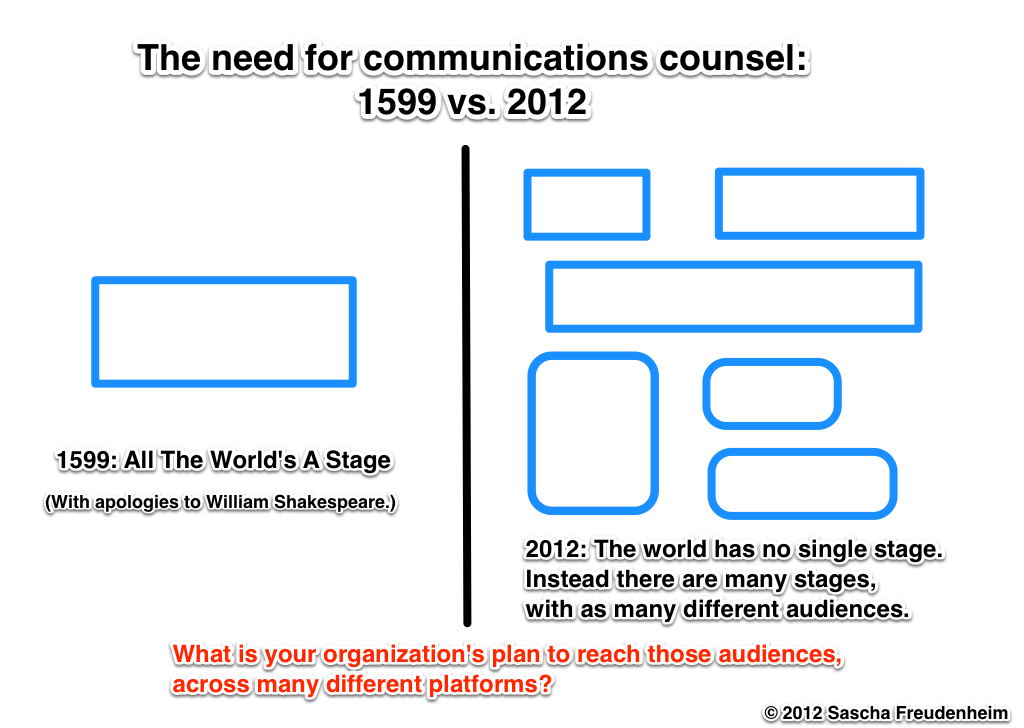There’s a line from the John Lennon song “Beautiful Boy (Darling Boy)” that has been running through my head recently: “Life is what happens to you / While you’re busy making other plans”.
July, this month that is nearly over, saw two big personal anniversaries that did not get the attention I had initially expected to give them. Alina and I were discussing these in the spring, thinking how we might want to celebrate the second of them, but (thankfully) work and life have been very busy and … well, here we are and the month is just about over.
The first anniversary was July 8. Ten years ago on that day, my then-boss fired me. I was the firm’s Executive Vice President and had been there for 14 years. I recall being more confused than stunned—he offered no meaningful explanation—but I was an at-will employee and that was that.
Except that wasn’t that. Fifteen minutes later, he fired Alina, then a vice president and five year employee.
In the time since, Alina has often joked that firing me at the same time was the best gift our former boss could have given her. It certainly changed everything: whatever ideas either of us might have had separately about job hunting or doing solo work started to shift rapidly when we realized we had both been fired. The fact that I was belatedly offered a severance package (12 months of non-compete in exchange for four months of salary; I did not accept this offer), while Alina was not, also helped with decision-making.
That gets me to the second anniversary: July 15. Ten years ago on that day, Alina and I launched PAVE. In the seven days between the 8th and 15th, we built our website, wrote our marketing materials, got our banking and bookkeeping set up, worked with attorneys to file the formal paperwork with the state, and then took several deep breaths.
To say that I was gratified by the response would be an understatement. Indeed, I remain gratified by the response, even a decade later. In short order, we heard from a range of people asking about our services, set up meetings and calls (a pre-Zoom world), and lined up some clients. There are three people in particular who responded early and enthusiastically (they know who they are) and signed with us quickly—a confidence boost for which I will always be grateful.
It is not quite right to say we have never looked back. Certainly for me, after 14 years in one place, losing some workplace friendships was rough. But I have not looked back with regret. Only occasional amazement recently that it’s now been 10 years.
So: life is what happens while you’re busy making other plans. We had talked about some kind of celebration for PAVE’s anniversary and perhaps we will get back to planning that. For now, before the month is out, it’s enough just to acknowledge these moments—to pause long enough to remember them, and appreciate them. And to remember to put that bottle of Prosecco in the fridge for tonight.




